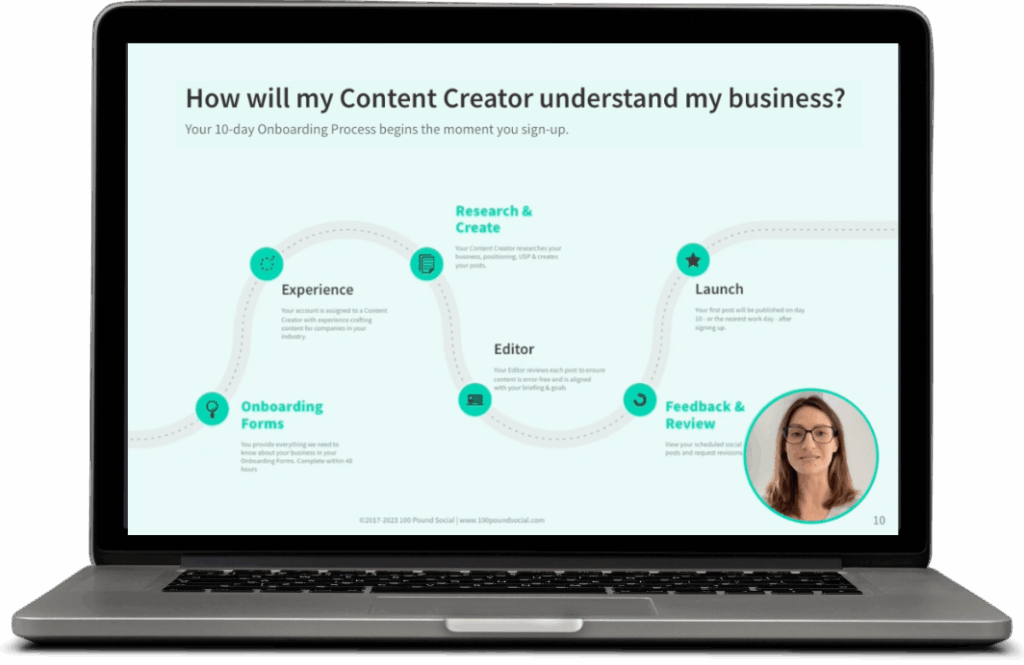Settling on the right tone of voice for your brand is one of the best decisions that you could ever make for your business. Being conscious of your brand’s tone has a great influence on how your audience perceives you.

What is the tone of voice?
The tone of voice is the act of choosing the order, rhythm, and pace of the words that you pick to communicate. In other words, this means standardising all your content across all your communication platforms.
Think of your brand’s tone of voice as its DNA. Just like your DNA makes up who you are, so does the tone of voice for your business.
Please bear in mind that in the business world, the tone of voice does not refer to oral communication, but rather written communication.
Examples of tone profiles
- Professional (formal, serious, respectful, matter of factly)
- Casual (informal, funny, enthusiastic)
Why does your company need a tone of voice?
Your company needs a tone of voice for the following reasons:
- Helps nurture and maintain a brand’s reputation
- Creates a lasting impression, making your business more memorable
- Unifies the brand’s personality across web content, social media and other written communication mediums
- Helps cultivate a sense of ease and loyalty from your audience
- It’s a powerful way to influence and persuade
Here are some insightful statistics from Customer Thermometer to further elaborate on why a tone of voice is crucial for any company;
- Of 1000 people in a survey, 65% felt an emotional connection with a brand. 91% of customers who felt like the brand cared about them, developed a positive emotional connection.
- By gender, 62% of women and 68% of men are likely to feel connected to a brand.

Just like in real life, people are more likely to remember how something you said made them feel, depending on how you said it. Sometimes you might say something, and it ends up having the wrong effect on the recipient because of the wrong tone of voice.
The wrong tone can bring out communication discrepancies which are one of the worst mistakes that a company can make. Customers can be distrusting of companies that keep putting out different messages that appear to come from different entities.
It’s paramount that your audience knows what to expect from you at all times. If you don’t have a standard way to communicate, you risk putting your client perception about your brand in turmoil.
Most brands overlook the importance of choosing a proper tone, which could have detrimental effects on the company. Every company is putting out content every single second, so you have to compete for the top spot, and branding your tone will help.
According to DOMO, a company needs to base its communication strategy on its data. Each click, swipe, share, comment, or like, holds some valuable information regarding how your company views your data.
In this day of information overload, customers are likely to gravitate towards where they feel at ease. A brand that has just the right tone is trustworthy and feels dependable.
How to find your brand’s tone of voice
Identify the demographic
Who is your target audience? Are your products or services meant for people of a certain age group, gender, social or economic status?
Here is where you must cut out all the noise and focus solely on what your audience would prefer. Think of tailor-making a product to fully satisfy a client preference and taste.
For instance, if you’re a mortgage firm, you might want to use a more professional tone. If your products target teens, you might want to do some research on a language that would connect with that demographic.
Still, on the subject of demographics, it’s paramount to consider your audience’s medium of communication of choice. For instance, 18 to 25-year-olds spend a lot of time on Instagram and Snapchat. If you want to reach professionals communicating using email might be the best option.
Establish your core values
Your brand’s core values will guide you on how to structure your communication. The values will help produce a transparent message that your clients are likely to connect with.
Examples of questions to explore when linking core values to your tone of voice;
- How is your brand different from others?
- What does your brand stand for?
- What message do you want to share with your audience?
Create a mission statement
A mission statement describes your company’s primary purpose for existence. Ensure that your entire company is fully aware of how to represent your company.
Here are some core points that the statement must address:
- Business makeup
- Customer focus
- Company activities and capabilities
In the context of the tone of voice, the mission statement puts everyone on the same page. Therefore, everyone from the CEO to the social media manager to the content strategist will have a unified voice both internally and externally.
Here are some examples of things that you can outline in your statement:
- We’re focused on customer experience
- ABC company cares about the quality of its products or services
- We’re focused on creating a professional relationship with our clients
- The staff should represent a good image of the company at all times.
A guideline on how to create and implement the right tone of voice for your brand:
- Start by auditing your existing content and see if it’s in line with your communication strategy
- Establish a communication architecture to align how your company communicates
- Always keep it simple by avoiding jargon, metaphors and anything else that your clients might not understand.
- Speak to your client directly in a warm, approachable and helpful way.
- Educate and make your clients feel like you helped them solve a problem
- Never be inappropriate, as this will likely make your clients feel uncomfortable
Conclusion
It’s paramount to unify all forms of communication for your brand, both internally and externally. That way, your communication will feel like it’s coming from a single source, rather than from different sources, which might otherwise be confusing.
Always remember that there are millions of companies offering the same products and services that you do. To set yourself apart from the crowd, it’s vital that you master the art of not only sparking interest but also keeping your audience interested in the long haul. That is where picking the right tone of voice comes in.








